Lufa is an amazing plant that can be used at the same time in a variety of domestic spheres, ranging from shower procedures, ending with cooking and manufacturing design lamps. What is this plant, and how to grow luif at home, read in this article.
What is Lofa
Lufa is a plant belonging to the genus herbaceous Lian and related to the pumpkin family. At first glance, it is not distinguished from the most ordinary zucchini, but the whole secret lies in a unique porous structure of the pulp of fruit. Motherland hubs are hot tropical countries - Africa, Asia, India and Oceania. However, as many years of experience shows, it is possible to successfully grow luifa on an industrial scale in the south of the Caucasus, in the Krasnodar Territory and in the Crimea. But even this territorial delimitation does not interfere with collecting good "homemade" yields in the central part of Ukraine and in the average latitudes of Russia. According to some data, the cultivation of "porous zucchini" can be engaged even in the conditions of a short polar summer in the north! The main thing is to provide the plant due.
So if you live in a moderately cold climatic zone and you have our own site or a small garden, you can successfully grow luif (photo). In nature, there are more than 50 varieties of this plant, but for household needs, only two of them are used - oscillate and cylindrical. All others grow too small and do not have the necessary physical characteristics for which large fruits appreciate.
You can use lufu in different ways: the young slightly misunderstood fruit go to the dining table, and ripe or overwhelmed are raw materials to create unique natural washcloths. What exactly to grow fruits, solve you, but in any case, lufa is an amazingly useful culture.
Lord varieties
As mentioned above, only two types of hubs are used for growing industrial scales. Each of them is easily leaving and richly fruit and at home.
Ostrogrous Lofa
This variety is grown mainly for culinary needs - young juicy fruits cut off a little earlier than the prescription of ripening and prepare delicious useful dishes. Ostroject Lufa is characterized by small oblong fruits of a cone shape with a length of 30 to 40 cm. The flesh is wrapped in a very dense leathery peel, to remove which you can only soak the fetus in boiling water for 5-10 minutes.
Interestingly, the flowers of Ostrogrous Lufa are blown exclusively at night, therefore, they are pollinated only by night insects. The plant has a rather short period of vegetation, but it is very unpretentious, so it fertures even in the most unsuitable conditions for this. In addition, this variety is less susceptible to fungal diseases than cylindrical lufa.
Cylindrical lofa
It is from this variety of lufa that the very famous eco-washings are obtained, which can be found in any supermarket. In general, the theme of environmentally friendly products is now extremely relevant, and the goods with the corresponding sticker are several times more expensive. It did not go around the hubber washings, so if you want to enjoy the gifts of nature and not overpay for it, grow up the washcloth in your garden.
The fruits of cylindrical lufa are 2 times larger than isolating and reach 60-75 cm long. They sharpen closer to the fruit, have a more gentle and light pulp, a thin skin, which is easy to remove. But this variety has its own peculiarities that should be considered if you want to get a rich harvest.
How to grow love
Despite the presence of rules and specifics of the cultivation of the lufa, it can be raised almost anywhere. In a moderately cold climate, it is best to grow it from seedlings, not from seeds if you need good big washcloths. The age of seedlings should be at least 30-40 days.
Planting seeds
Before growing luifee from seeds, you need to find high-quality raw materials. Seeds can be purchased in many crop stores or order via the Internet. Before boarding, it is important to warm them in the sun or in the incubator (on the battery) at a temperature of about 40 ° C for a week. After that, soak them in aloe juice, diluted warm water in a 1: 1 ratio. Aloe nutrients "will dismiss" seeds and activate the growth function.
Shed seeds of lufa need 1 pc. In separate tanks with microelements of loose soil at a depth of approximately 2 cm. Since the lufa is extremely poorly tolerating transplant, it is better to plant it immediately into peat cups or dishes from any other organic material. The diameter of the container should be at least 6-7 cm. The landing is made in April, when serious frosts are not expected.
Drink seeds to the ground, spray the ground, water the room temperature (can be soaked in which you soak) and cover the potted pot plastic film to create a greenhouse effect. Do not remove the film until strong sprouts appear (for this you need to fill the Earth pot not completely, but leave 3-4 cm). You should not be afraid that the sponsings do not have enough moisture - the one that you wrapped in the first time will be enough, and gradually it will accumulate on the inside of the film in the form of condensate.
Put the pot with a hub on the windowsill over the battery on the sunny side. The optimal temperature for growing seedlings is + 30s. The first shoots will appear after 6-8 days. When this happens, rearrange the pots into a cooler place to lower the temperature to + 20 ° C.
When the sprouts are fixed, remove the film and paint them with a cow diluted with water in the ratio of 1:10. Korovyak is a very useful and popular organic fertilizer, which is a dropwise solution of cow's litter. It can be purchased in the store, on the nearest farm or do it yourself. For cooking, you should take fresh cow manure and pour it with boiling water in proportion 1: 5. Pretty mix the components to the maximum homogeneity, cover the lid and leave to wander for a couple of weeks. At the same time, every 2-3 days it is necessary to mix the mixture. When the solid fractions begin to settle on the bottom, and the color solution itself will change, the korologist will be ready.
When the sprouts appear 6 leaves and small "mustache", it is necessary to ensure support that Lufa clings for it (after all, this is the real liana).
Outdoor planting
When spring will take the brazers of the board in their hands, and the night temperature will not fall below + 13c, the saplings of the lufa can be planted in the garden. Sites their smooth rows on low beds or ridges, making quite a large distance in about 1 m. It is necessary because the lufa has a lot of leaves of large sizes.
It should be remembered that since the birthplace of the hubs are hot countries, then the soil there is another - lighter, loose and rich in nutrients. Therefore, use carefully treated drylies and plant plants into warm solar and wind-minded sections.
It is recommended to grow lufu, if you want to get large "fleshy" washcloths. But for culinary and other needs, you can simply plant seeds. To do this, throw the pits of 30x30 cm in a depth of about 25 cm and half fill them with cow dung.
A seaside method of growing is also preferable because it gives an earlier and rich harvest, especially in the case of a cylindrical lufa, which has a longer growing season. Blow seedlings to the ground before the seedy leaves.
Locking every sprout, immediately make a support for it so that the root system develops without the risk of injury. If you insert the support sticks in a week, you can hook the roots and destroy the rapid plant.
Useful information: Luhu can be used not only as a fruit culture, but also as a garden decoration. Her big green leaves and beautiful flowers will delight the eyes from July to September. Large yellow flowers of louches can reach in diameter 10 cm. First, female flowers are revealed, later - men (they are larger and collected in brushes for 2-3 pieces).
Lufoy care
Despite the fact that the fruits of the hubs are one in one similar to Zabachki, it is still a liana, characterized by a large leaf mass. That is why she needs to ensure the relevant conditions - to give a lot of space and constantly feed fertilizers. It should be started at the landing - per 1 square meter. M Earth will need about 5 kg of manure and complex of inorganic fertilizers (ammonium nitrate, superphosphate, potassium sulfate). The calculation of the number of fertilizers should be produced, based on the chemical characteristics of the soil on your site.
As it grows 2-3 times a month, the lufa needs feeding a special mixture of 1 kg of cowboat, glasses of ash and water buckets. During flowering, feed the plants with nitrogen fertilizers.
Despite the impressive sizes and power, the lufa has a rather weak root system - all power goes into large leaves, which every day evaporates a large amount of moisture. Therefore, it should be watering quite often, and it is advisable to do it from the hose with a sprayer to simulate the effect of small tropical rain. In the middle and end of May, when Lufa has not yet had time to grow, it must be watered 1 time in 5-7 days, and when it rises to full growth (June-September) - 1 time in 2-3 days. At the end of September, after completing bloom, watering should be reduced to reduce the growing season and speed up the ripening of the crop.
For successful cultivation of the lufa, it is recommended to use supporting structures that will support and direct the stalks with heavy leaves. If you do not provide an adequate support, the lufa will give curved fruits, which will certainly be amazed by fungal diseases, "pickled" as a result of contact with the ground. Tie the stalks of the plant in several places, and the side branches in the first stages of growth and remove at all to form a powerful beautiful liana.
Useful advice: To maximize the growing up the growing season, the main stem of 3 m from the Earth. Remove all curved, too late and especially infected fruit infected with fungi. At the cylindrical lufa on the same Liane should be left at 7-8 "zucchini", in a oscillate - 11-12 pcs. If you want to get large washcloths, limit the number of barriers for cylindrical lufa to 5 pcs, for oscillate - up to 8 pcs. So all the energy and nutrients obtained by the plant from water and soil will get the remaining fruits.
You should not give the lofa to chanting trees, because when contacting with branches can be injured by the wound, and you will not get a harvest.
Harvesting
If you provide the lofe the proper conditions, then from one plant you can get up to 12 large fruits. When they are sleeping, then dry and decrease in size. Remove the "zucchini" with the onset of cold nights, when the temperature drops below + 10c. At the same time, it is possible to cut even unworthy fruits - they will "reach" in the room or on the windowsill. By the way, if you want to get seeds for landing, cut off the fruits that did not open the hole at the end.
When the peel becomes yellowish, it can be removed. Lower the fruit in boiling water for a few minutes and remove the shell together with seeds. You will have only a precious porous pulp of hard fibers. Seeds will dry and fold into the paper package to plant love next year.
Useful advice: To make sure the mature of the lufa, take the fruit and shake it over the ear - if it sounds like a rattle, then you can proceed to cleaning.
Lufa application
There are several basic ways of applying hubs:
- As a washcloth - to make a washcloth, it is enough to simply clean the fetus from the peel and seed in the manner described above. However, it should be remembered that since it is organic material, pathogenic microorganisms can quickly develop in it. To prevent it, dry the washcloth after each use on the battery. You should change the washcloth from the hub every 3 months.
- Lufa in cooking - as an ingredient for cooking lufa is actively used in Asian cuisine. The taste of unusual pulp is reminiscent of overwhelmed cucumbers or zucchini. It is frying, stew or generally served in the raw form. True, only very young misappropriate fruits are suitable for cooking, the length of which does not exceed 10-15 cm - then their flesh is still very gentle and homogeneous. Young juicy leaves, buds, flowers and even shoots are also on the table. If you love culinary experiments, try to fry ripe seeds of the lufa on a dry pan, like sunflower seeds.
- Lufa in medicine - lufa dressings enhance blood circulation, very light, strong, perfectly fix the desired position, being a more successful alternative to the gypsum (Designer Designer Mauricio Afono).
- Lufa seeds produces high-quality cosmetics. Lipstick is very popular with louche and homemade soap with a scrub effect.
- Interior items - from dried lufa Modern creative designers make stunning environmentally friendly interior items: lampshades, pots, tables, panels and even furniture!
But, as you know, human fantasy and resourcefulness do not have borders, especially if we are talking about such a universal plant as a lobe.
Thermos and mugs with inserts from the hub. They are comfortable to keep in their hands without risk to burn:
In such a glass, hot chocolate will stay hot for a very long time:
Original flaf of the hub. When heated from the lamp does not exude unpleasant odors in contrast to synthetic materials:
Another idea for decoring the lamp:
Such flower pots and caspets will bring lightness and natural harmony to the house or office:
Acoustic tiles for walls of lufa provides excellent sound insulation:
Cute bath slippers:
Interior toys from Lufa:
Dental toys for pets from hubs help petys get rid of dental plates (practiced in Japan veterinary clinics):
The cultivation of squeezes from seeds is a very painstaking, but an exciting occupation that brings not only satisfaction, but also tangible benefits.

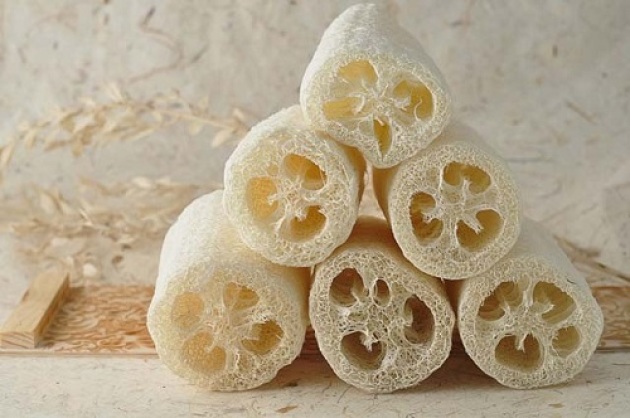
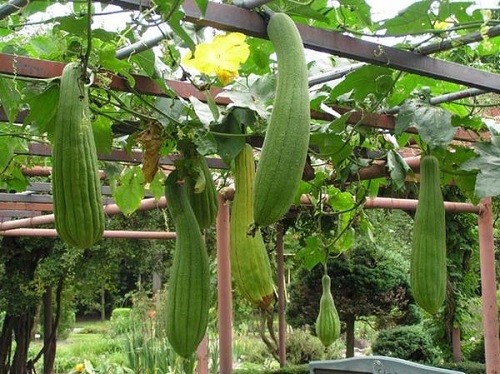
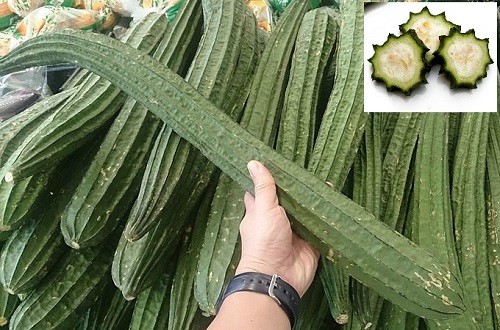
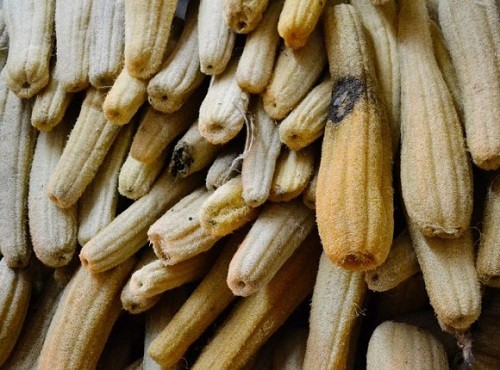
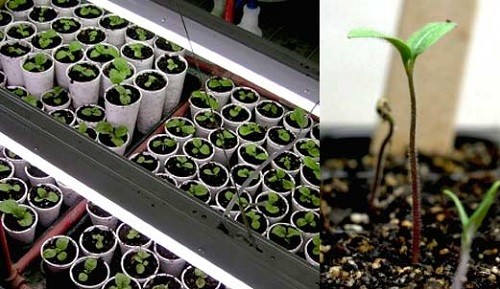
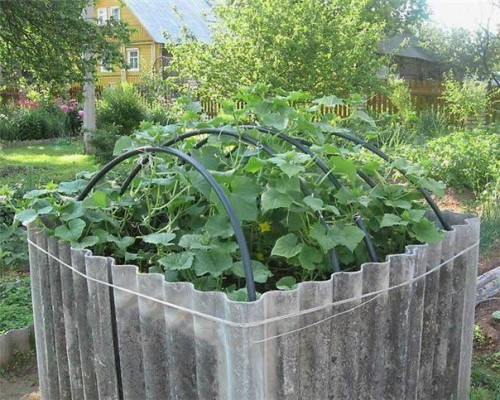
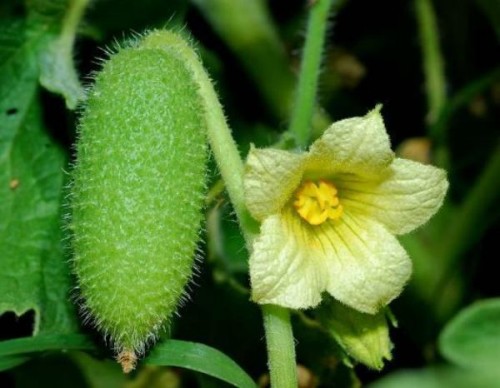
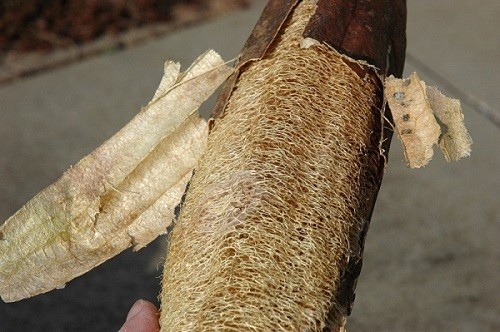

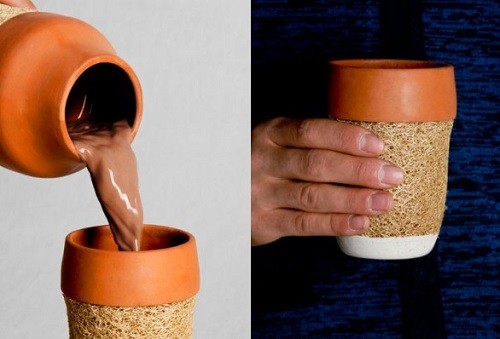
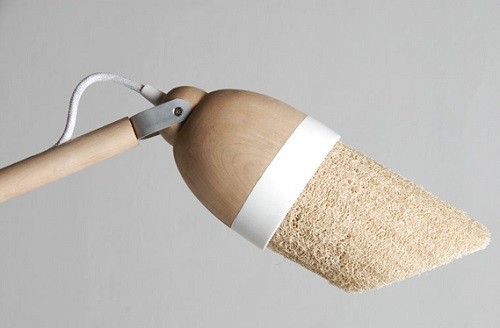

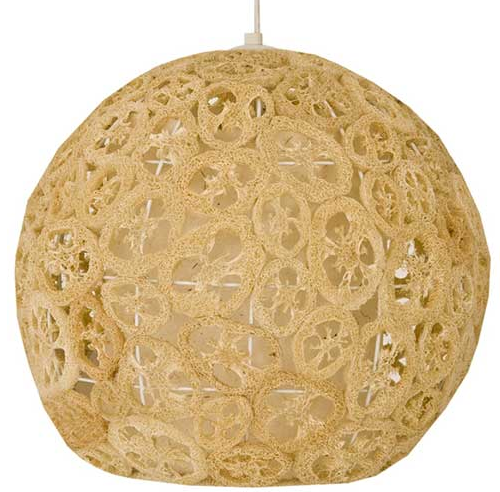
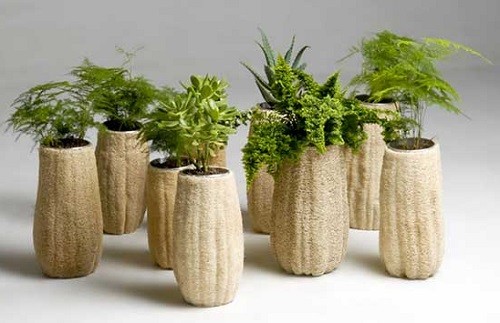
















 Start a discussion ...
Start a discussion ...